What is a Decentralized Exchange?
1. Differences Between DEXs and CEXs
2. Characteristics of DEXs
3. Development of DEXs
4. Types of DEXs
4.1 Order Book-based DEXs
4.2 Liquidity Pool-based DEXs
5. Will DEXs Replace CEXs?
Popular Articles
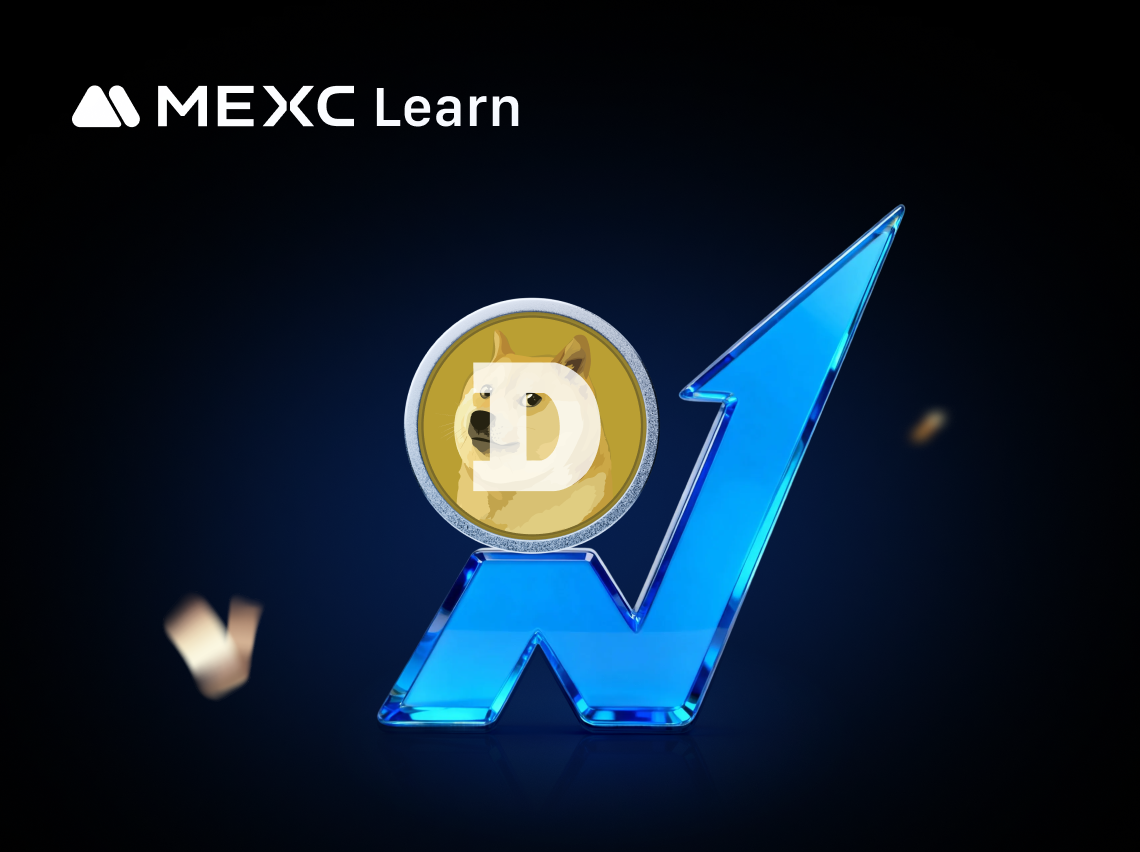
Dogecoin All-Time High: When It Happened and What Drove the Surge
Key TakeawaysDogecoin’s all-time high (ATH) occurred on May 8, 2021, when the price reached approximately $0.74.The surge was primarily driven by a combination of Elon Musk’s repeated tweets and endor

How to Verify My Residential Address on MEXC
Providing proof of address (POA) is part of MEXC's KYC verification process. After registering a MEXC account, you must upload a POA document to complete identity verification and ensure compliance wi
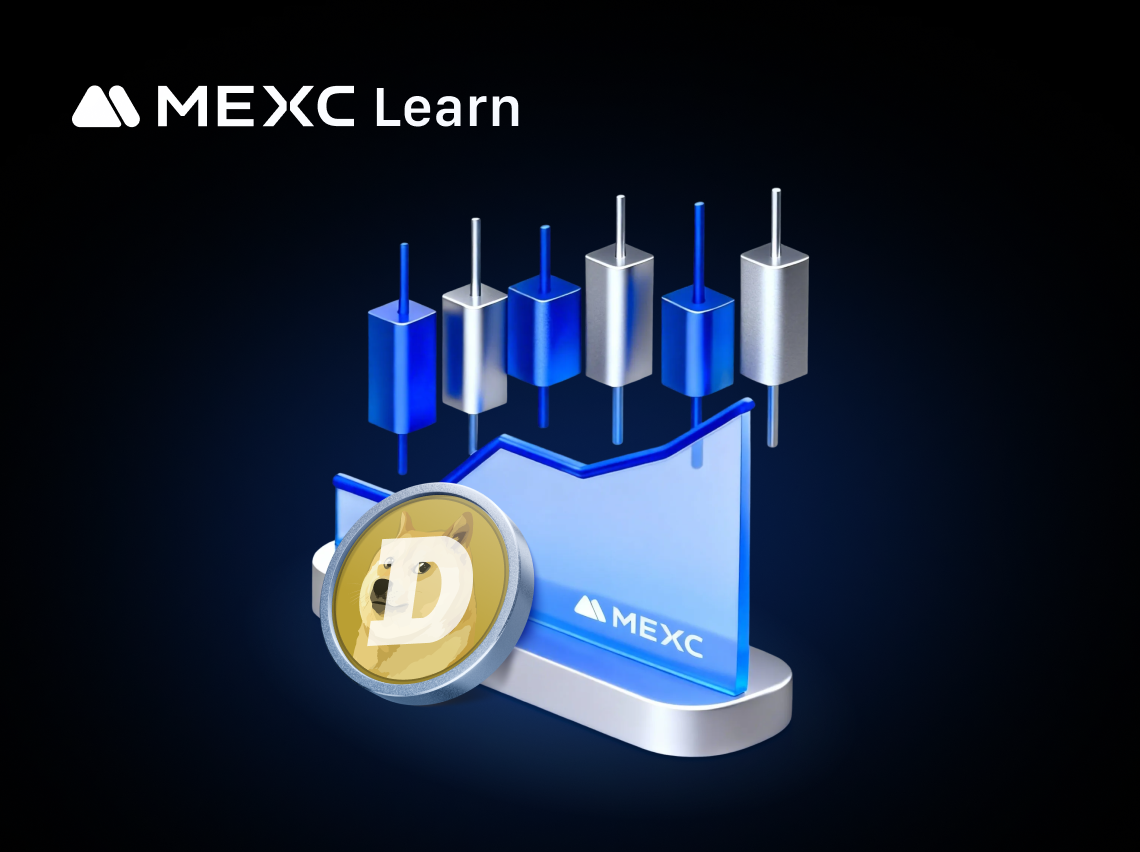
Dogecoin Marketcap Explained: What It Means and How It Shapes DOGE’s Value
Key TakeawaysMarket capitalization (market cap) measures the total dollar value of Dogecoin (DOGE), calculated as current price × circulating supply.As of December 2025, Dogecoin’s market cap stands a
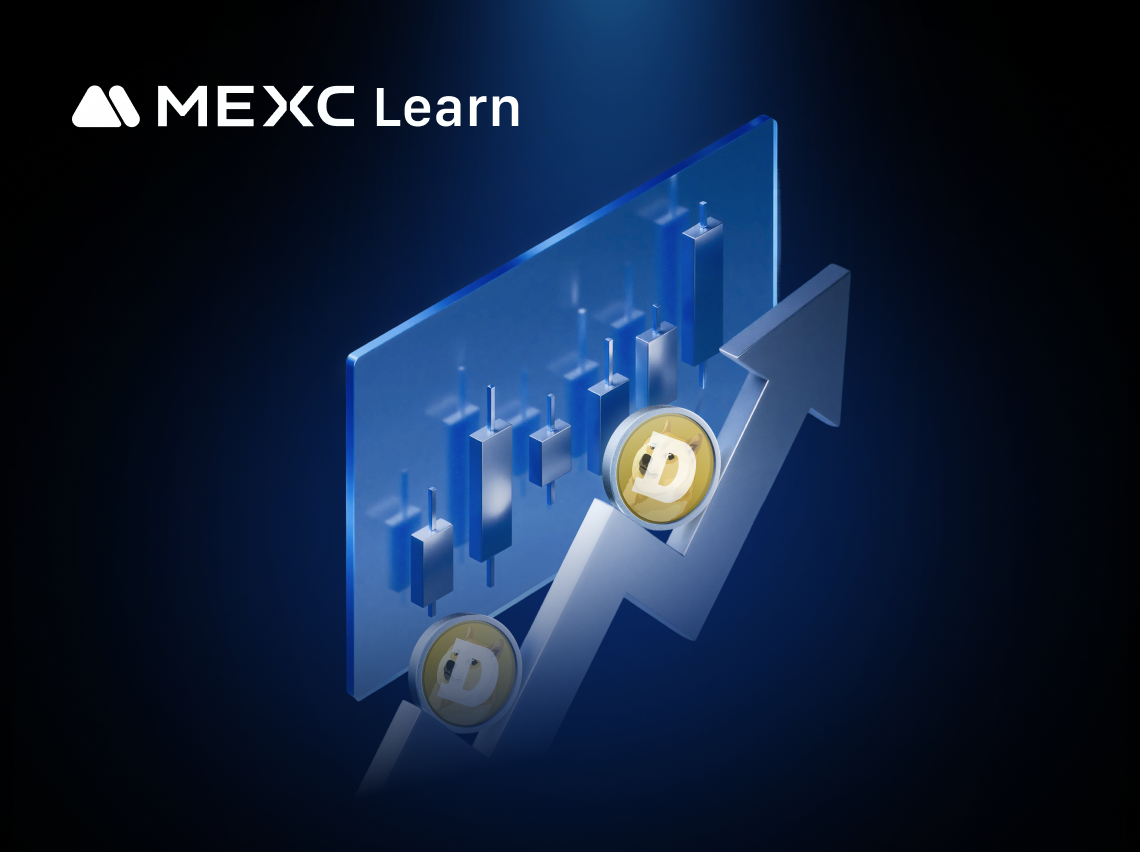
Dogecoin Price History: Major Cycles, Market Drivers, and Key Lessons
Key TakeawaysDogecoin has experienced extreme volatility, moving from near dormancy (2013–2020) to meme-driven surges (2021) and significant post-2021 corrections.The explosive 2021 surge drove DOGE t
Hot Crypto Updates
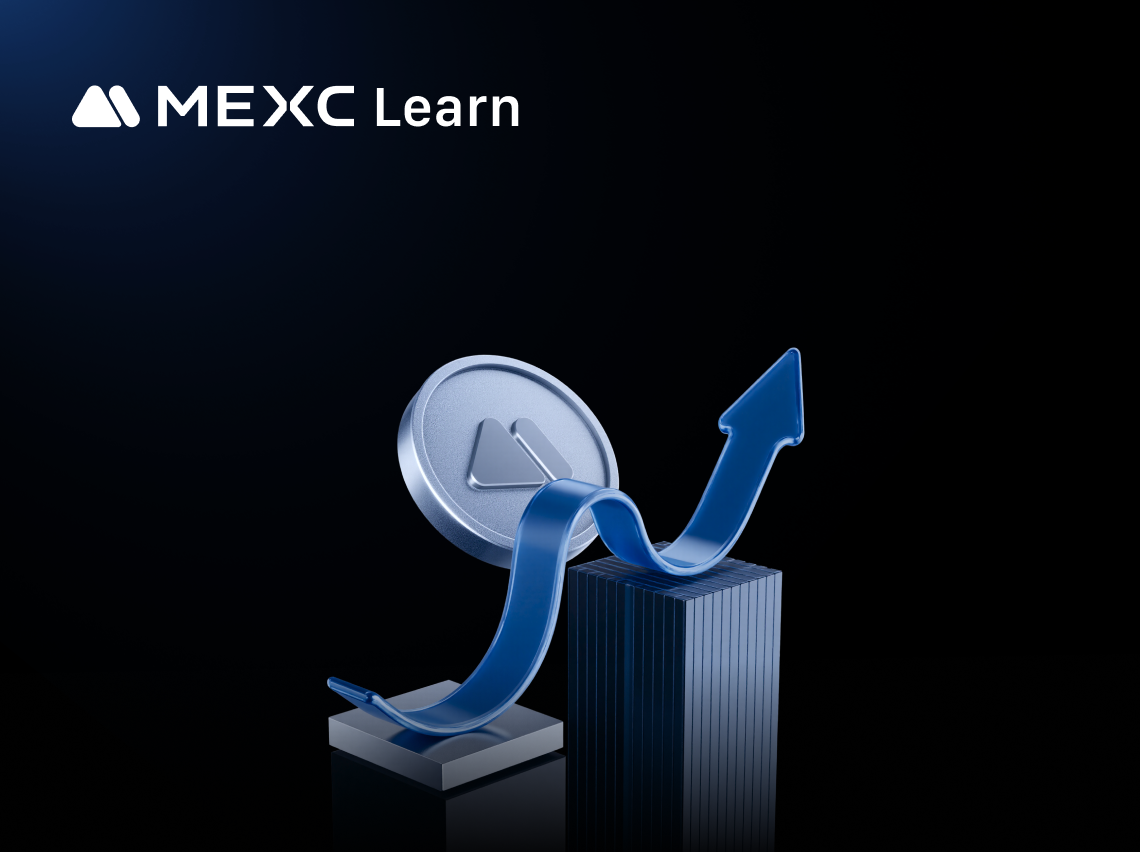
Magma Finance (MAGMA) 2030 Price Prediction
Introduction to MAGMA 2030 Price ForecastLooking a decade ahead, 2030 price predictions for Magma Finance (MAGMA) provide a long-term view of its potential role in the evolving crypto landscape. While
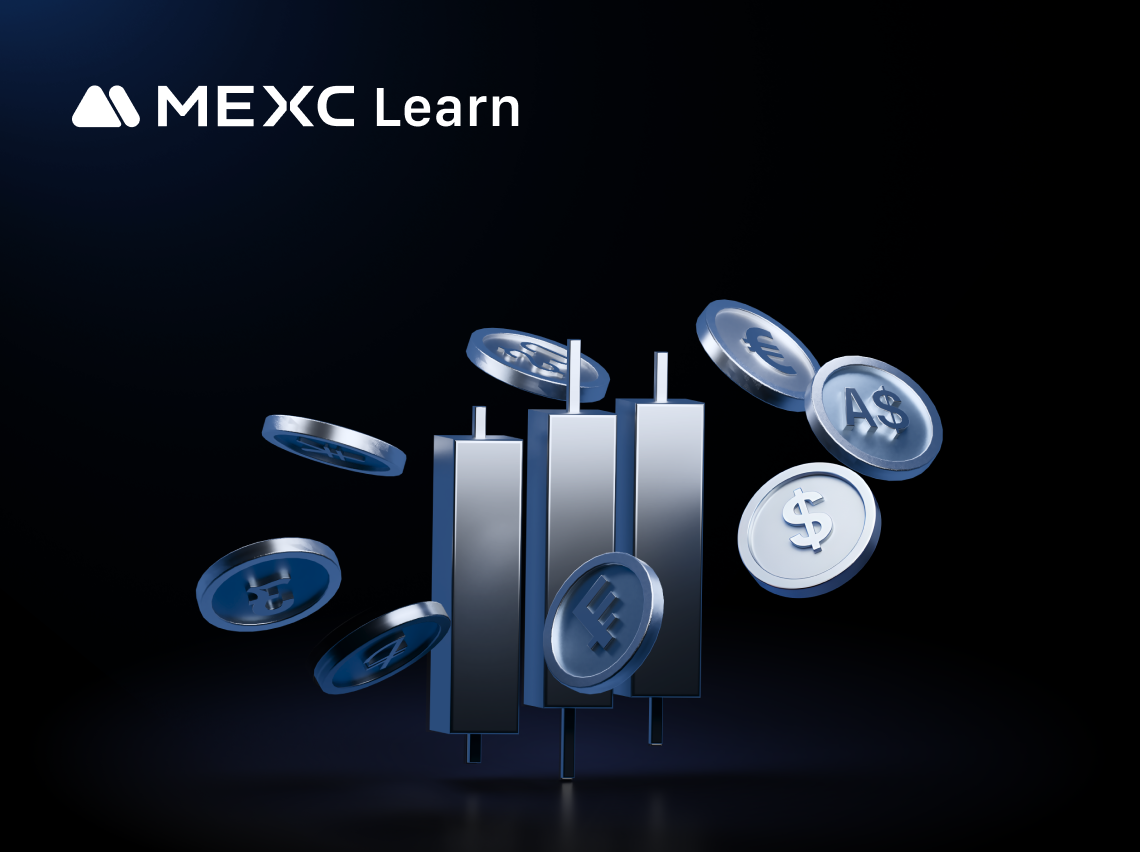
Magma Finance (MAGMA) Price History: Patterns Every Trader Should Know
What is Historical Price Analysis and Why It Matters for Magma Finance (MAGMA) InvestorsHistorical price analysis is a fundamental research methodology that examines past price movements to identify p
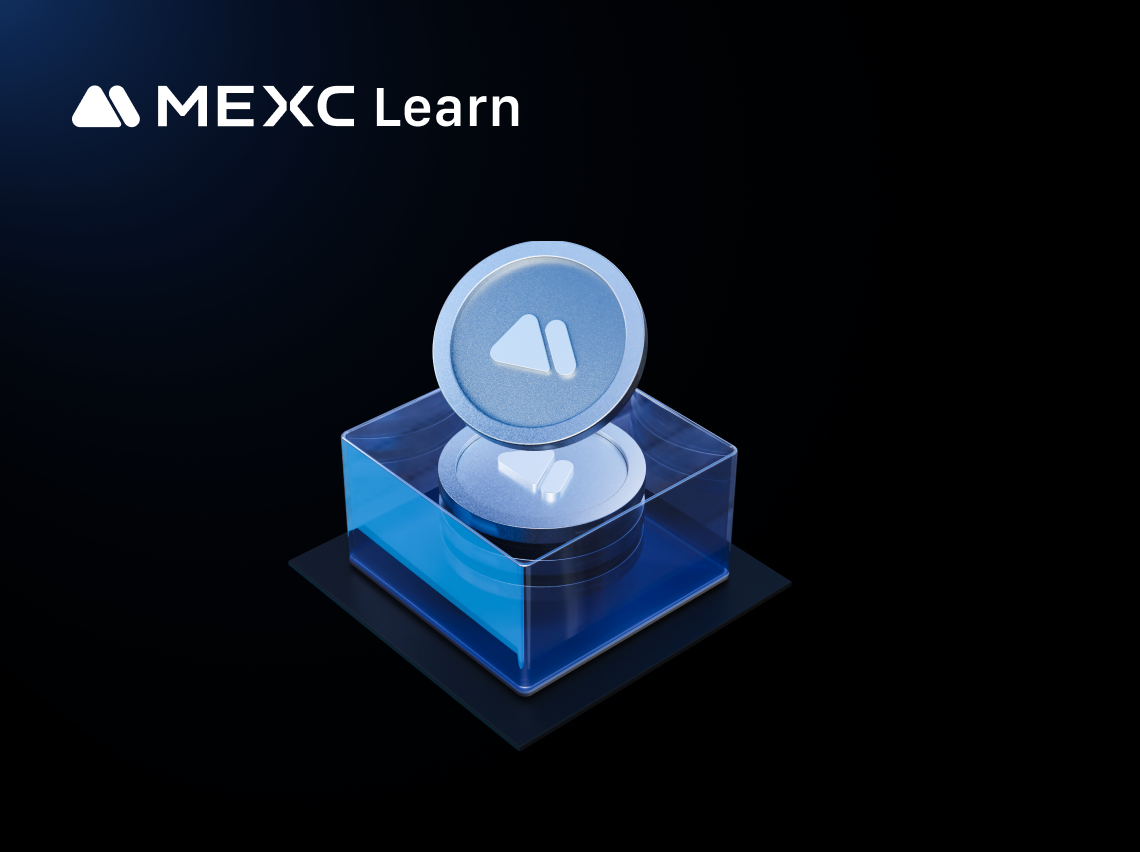
Introduction to KYC in Cryptocurrency Trading
Know Your Customer (KYC) is a mandatory verification process implemented by financial institutions including MEXC to confirm the identity of their users. In the rapidly evolving cryptocurrency market,
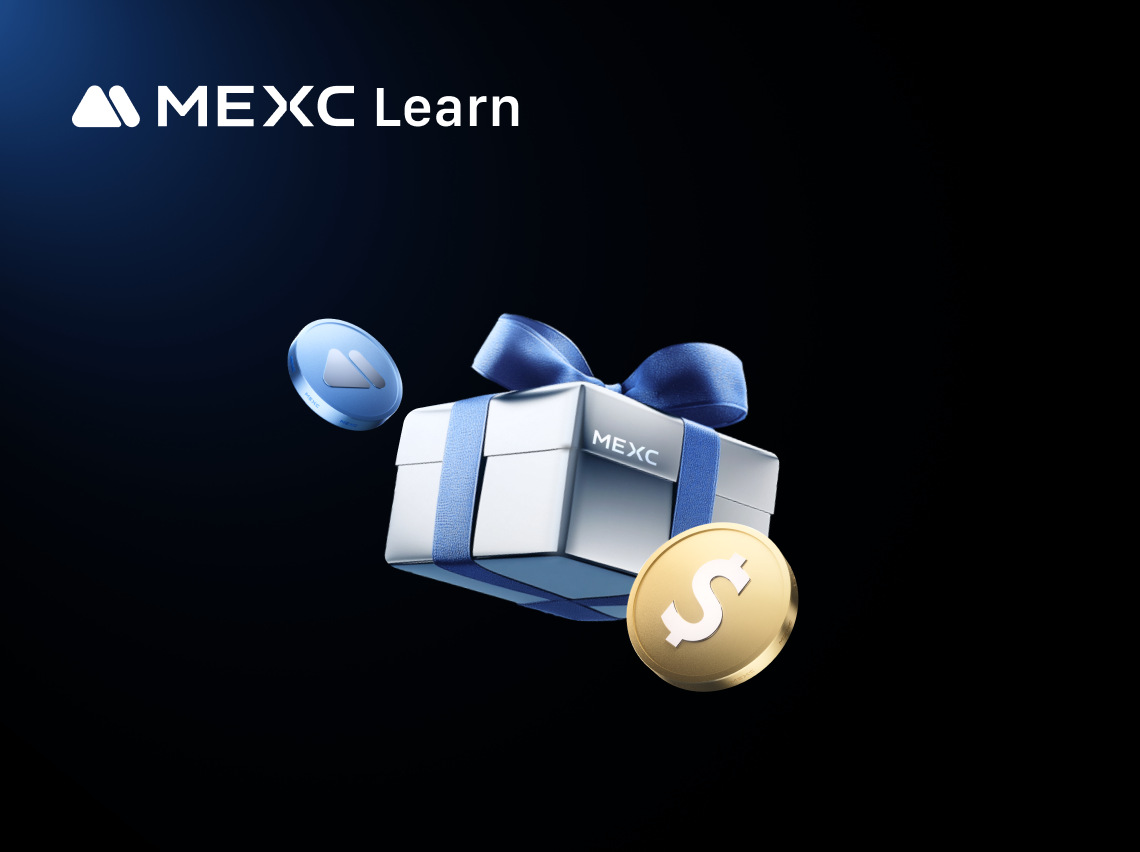
Crypto Price Calculator for Magma Finance (MAGMA) - Real-Time Conversion Tool
A crypto price calculator is an essential tool for anyone looking to convert digital currencies into different denominations or fiat money. Whether you're tracking your Magma Finance (MAGMA) investmen
Trending News

WBD board tells shareholders to reject Paramount Skydance takeover offer
The post WBD board tells shareholders to reject Paramount Skydance takeover offer appeared on BitcoinEthereumNews.com. The Paramount logo is displayed on the water

JPMorgan’s Dovish Rate Guidance Fuels Investor Optimism
Detail: https://coincu.com/analysis/jpmorgan-dovish-rate-guidance/

Which crypto can give 10x returns in 2026? 3 best altcoins to invest in
The post Which crypto can give 10x returns in 2026? 3 best altcoins to invest in appeared on BitcoinEthereumNews.com. While the cryptocurrency market appears to

X expands ‘Content’ to AI prompts, outputs in 2026 terms update
X’s 2026 terms classify prompts and outputs as “Content,” grant broad AI-training rights, add anti-jailbreak rules and keep $15k scraping penalties with Texas courts
Related Articles

What is Decentralized Finance (DeFi)?
In 2020, DeFi began to flourish, and in 2021, DeFi Summer ignited the market. In 2022, the total value locked reached a historic high of $219.47 billion. So, what exactly is decentralized finance?1. W

What are Smart Contracts?
The concept of smart contracts didn't originally emerge in the context of blockchain, but was defined by computer scientist and expert cryptographer Nick Szabo in 1994 as a series of commitments in di

What are Miner Fees and Gas Fees?
1. What are Miner Fees and Gas Fees?Gas is a unit of measurement in the Ethereum protocol. It quantifies the computational and storage resources required to execute specific operations on the Ethereum

What is Decentralized Lending?
Similar to DEXs, decentralized lending is also one of the key components of DeFi. If the DeFi Summer of 2020 was fueled by competition among various DEXs, triggering a liquidity race, then the integra
